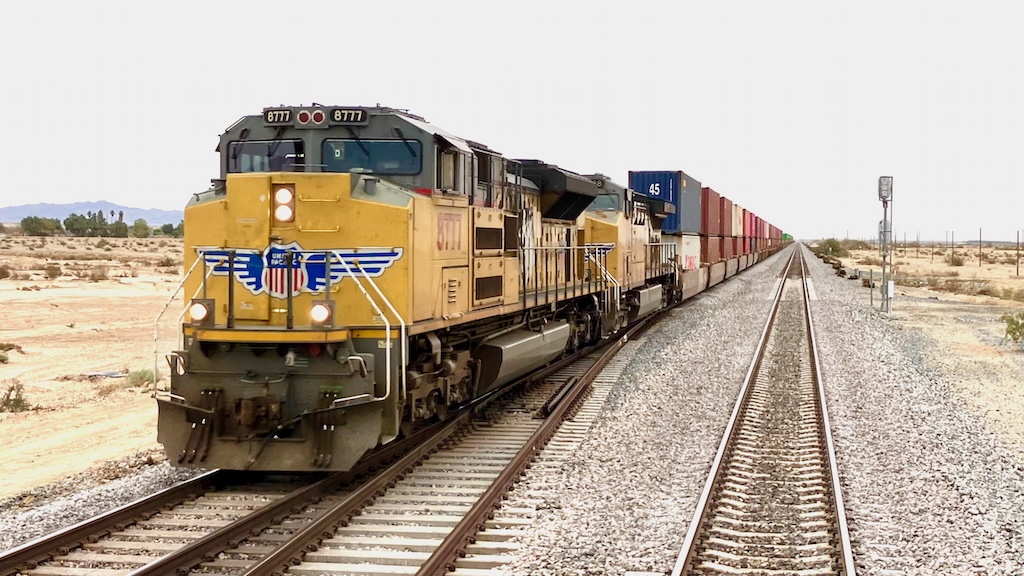
Since late last year BNSF Railway and Union Pacific have been busy handling a surge of containers from West Coast ports as U.S. companies pulled forward their imports in order to beat potential tariffs.
But now with a trade war under way — and tariffs as high as 145% on goods made in China — the number of containers bound to the U.S. from China has dropped precipitously. Container shipping line Hapag-Lloyd, for example, has seen its China-U.S. bookings drop by a third since tariffs were imposed on April 2. And so shipping lines are canceling sailings from Chinese ports.
“It’s my prediction that in two weeks’ time, arrivals will drop by 35% as essentially all shipments out of China for major retailers and manufacturers have ceased, and cargo coming out of Southeast Asia locations is much softer than normal,” Port of Los Angeles Executive Director Gene Seroka said today (April 24, 2025).
Oddly enough, the trade disruption is setting up the potential for kinks in the supply chain that could lead to congestion in the U.S. and a shortage of containers in Asia, intermodal analyst Larry Gross says.
The containers that came to the U.S. during the import surge need to make their way back to West Coast ports. But with far fewer ships now scheduled to call at U.S. ports, there won’t be as much capacity available for the containers to hitch a ride back to Asia.
So the fear is that the glut of empty containers will begin to stack up. “There’s a storm brewing,” Gross says.
UP and BNSF say they’re ready and able to handle any disruption that may arise.
Both railroads experienced congestion that accompanied strong demand for consumer goods after the pandemic hit in 2020. As inland warehouses filled up, customers were slow to remove their containers from terminals in Chicago and Texas. That created a logjam at BNSF and UP terminals, which then spread across their networks and all the way back to the ports of Los Angeles and Long Beach [see “Railroads take steps to ease intermodal congestion,” Trains News Wire, April 19, 2021].
The supply and demand dynamic is much different now, but huge volume swings can still create trouble. “The flow of empties westbound continues, and the ports will soon be clogged with empties and no ships to load them on to,” Gross says.
Union Pacific CEO Jim Vena says his railroad is closely monitoring terminal capacity and container flows and is nowhere near capacity. “Overall in our network, we’re very, very cognizant of what we have and what we can hold onto in our terminals,” he said in an interview today.
Meanwhile, West Coast ports now can handle more volume. “L.A. and Long Beach have done a good job of working on their capacity, so I think that they’re in better shape,” Vena says. It’s the same story in the Pacific Northwest, where Seattle and Tacoma have handled a surge in container traffic partly driven by regaining share from Vancouver and Prince Rupert, British Columbia, following labor unrest in Canada.
UP will be proactive to prevent congestion, a lesson learned during the pandemic-related disruptions.
“At UP we should have been way faster to say we’re not your storage on the inland terminals, we’re not going to sit on your containers, and we’re not going to load ‘em at L.A.-Long Beach,” says Vena, who rejoined UP as chief executive in 2023. “UP had 25 trains parked headed towards the city of Chicago — 25 trains, every one of those trains close to 2 miles long. So we had 50 miles of locomotives and trains parked. It will not happen under Jim Vena’s watch.”
A BNSF spokesman says the railroad doesn’t currently anticipate supply chain issues.
“But we’re confident in our ability to mitigate any issues as they arise,” says Zak Andersen, BNSF’s chief of staff and vice president of communications. “Since the supply chain challenges during the pandemic, we’ve added significant capacity, including nearly 93 miles of double-track and additional production tracks and parking at our intermodal facilities on the West Coast and across our network. We’re a bigger railroad with more capacity and capability than just a few years ago.”
Plus, there’s excess capacity in other parts of the supply chain, including trucking, drayage, containers, and warehousing.
“The potential of a recurrence of supply chain challenges, however, underscores the need for our Barstow International Gateway,” Andersen says of the $1.5 billion terminal and transload center planned for Barstow, Calif. “Clearing containers from the ports as they arrive, the reduction in cycle time, and our ability to pre-stage railcar supply at BIG will prevent the port congestion the supply chain experienced in 2021.”
Gross says eastbound trans-Pacific container volume won’t rebound until there’s clarity on the tariff situation. Meanwhile, he contends that disruptions in container supply and demand will create inefficiencies that will contribute to inflation. “There’s cost associated with all this — cost with no value generated,” he says.






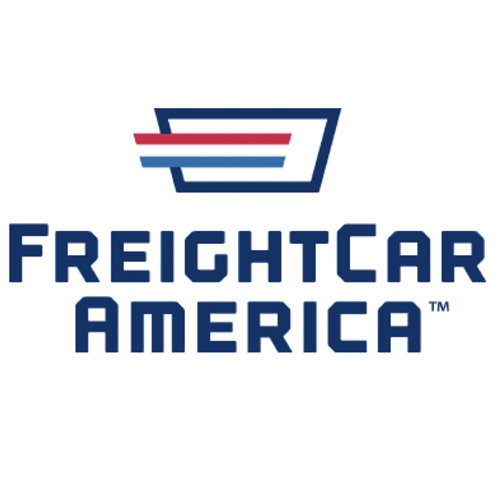

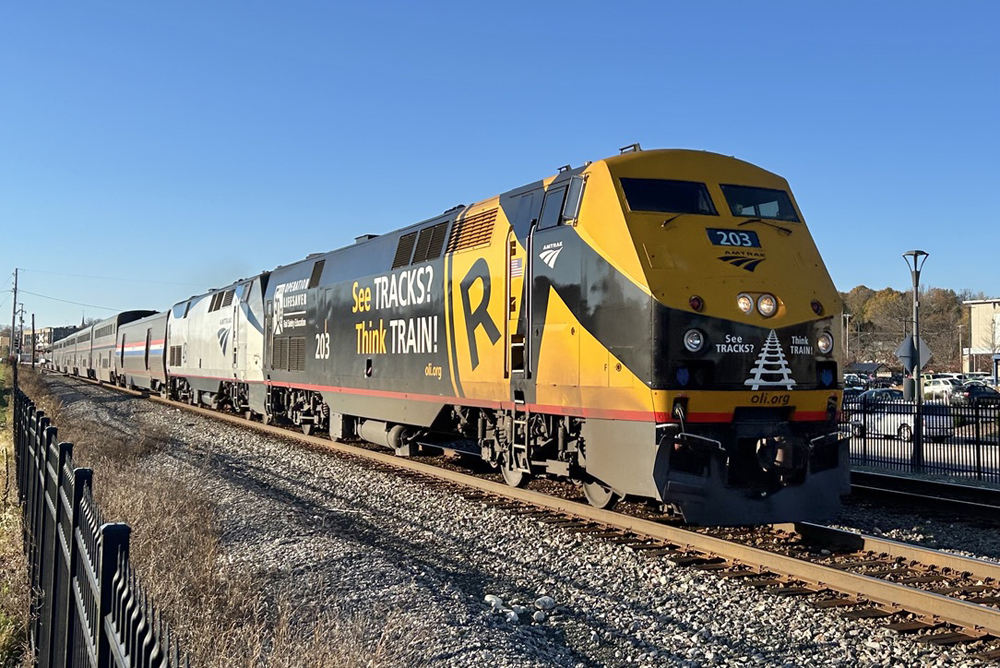
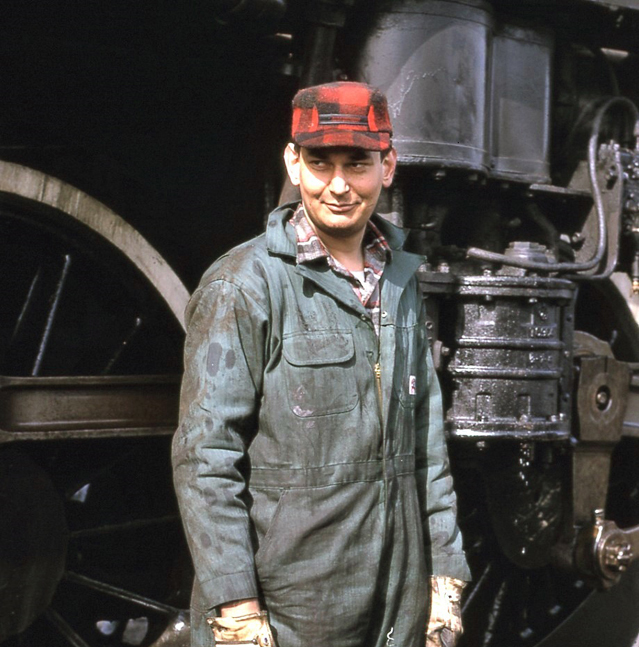
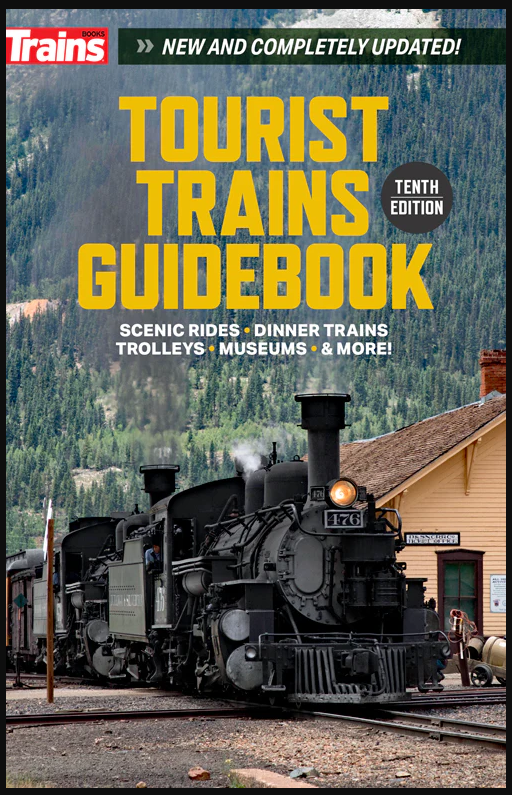
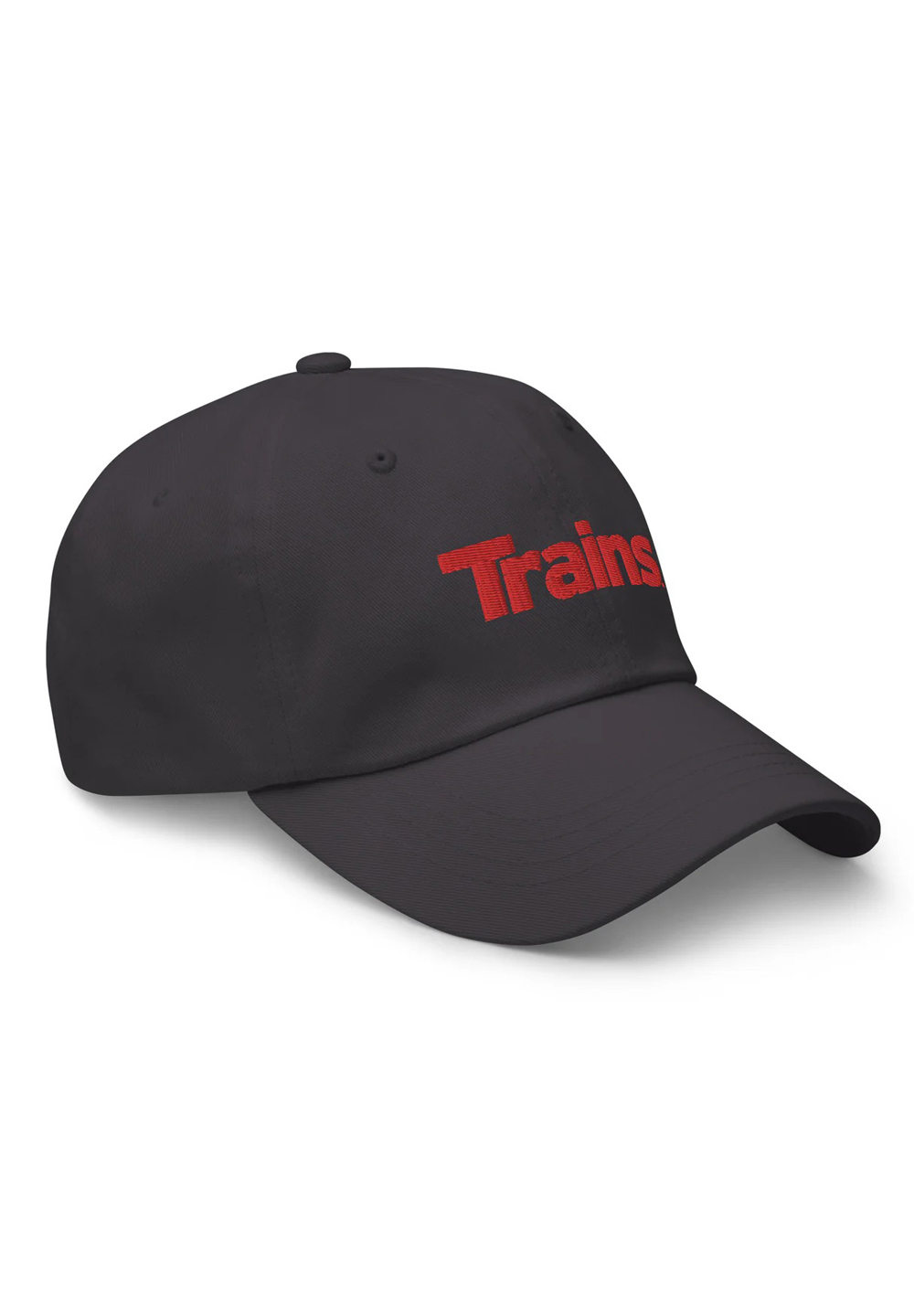
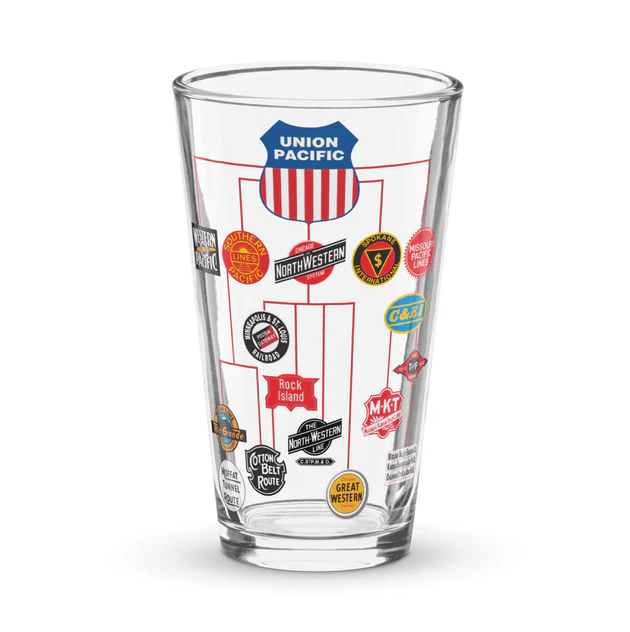
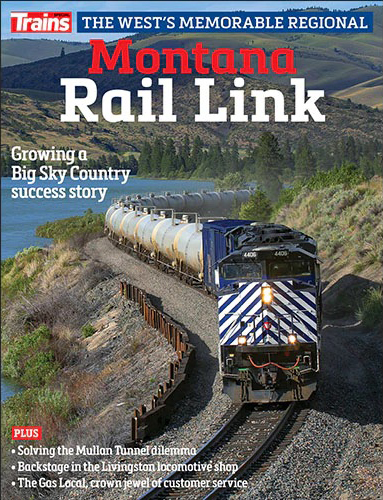
Plenty of space in the US to store empties. Lots of steel to recycle too.
“There’s cost associated with all this — cost with no value generated,” he says.
If you judge value 30 days at a time, perhaps.
“It will not happen under Jim Vena’s watch.”
Stay tuned kids! More cartoons to follow!